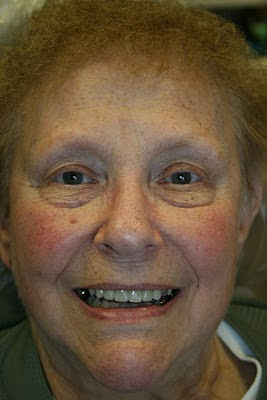Okay. First of all, as in most traumatic situations.
Do not panic.
Its likely that your child has never gone through this before.
Therefore, they are fairly unaware whether what just happened
to them is simply a minor thing or whether they will soon be in the hospital.
The way they will be able to tell how severe the situation
is is by looking at their parent.

If you are flipping out then they will too.
The first thing to do is to educate yourself BEFORE something like this happens.
It is very important to know when your child's baby teeth will come out naturally.
Here is a chart of, about, when that will happen.
This is important because if the tooth that was just knocked out was about to
come out anyway then there is much less to worry about.
If it's still a year or so away, or you know that its already the permanent tooth
that just got knocked out then there is much more to worry about.

So lets say your child is 8 or 9 years old and it is the adult tooth that just got knocked out.
First thing is to do is obviously check your child for signs of significant injury.
If they hit their face hard enough to knock a tooth out
you need to check for signs of a concussion.
If they seem to be alright except for the tooth then the next step is to find the tooth.
Once the tooth is found treat it very gently.
The tooth is attached to the bone by ligaments.
Parts of those ligaments will still be attached to the tooth and must not be damaged.
First carefully pick off any large pieces of debris.
Secondly the smaller pieces need to be rinsed off.
This is best accomplished by gently rubbing the tooth against the inside of your child's cheek.
This will get all the small particles off and still treat the tooth gently.
Then, are you ready for this..... you need to stick the tooth back in.
That's right, you need to gently place the tooth back into the socket from which it came.
Its pretty simple.
The Skinny part goes in first.
Just simply slide it back into place.
Don't force it. Simply get it as close as you can.
If it wont go or you don't have the stomach for it then place the tooth
into your child's mouth in the bottom jaw in between the cheek and gums.
Holding the tooth there will give it the best chance for survival.
Then finally, in all cases, get to a dentist ASAP.
The dentist will know what to do and will give you options depending on the
severity of the accident and the condition of the jaw and tooth.






















 Get your cavities filled when they are small.
Get your cavities filled when they are small.













